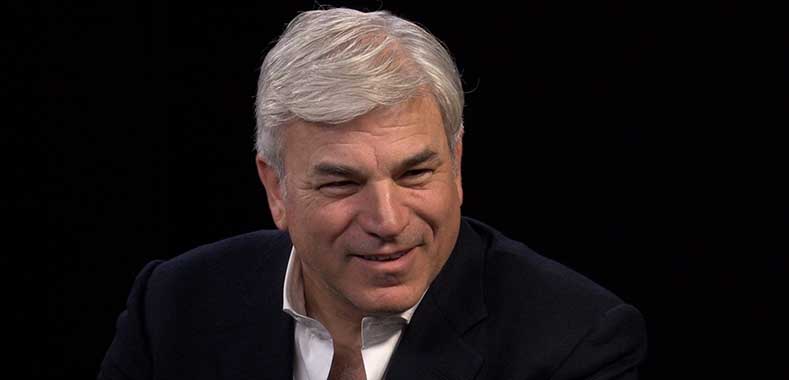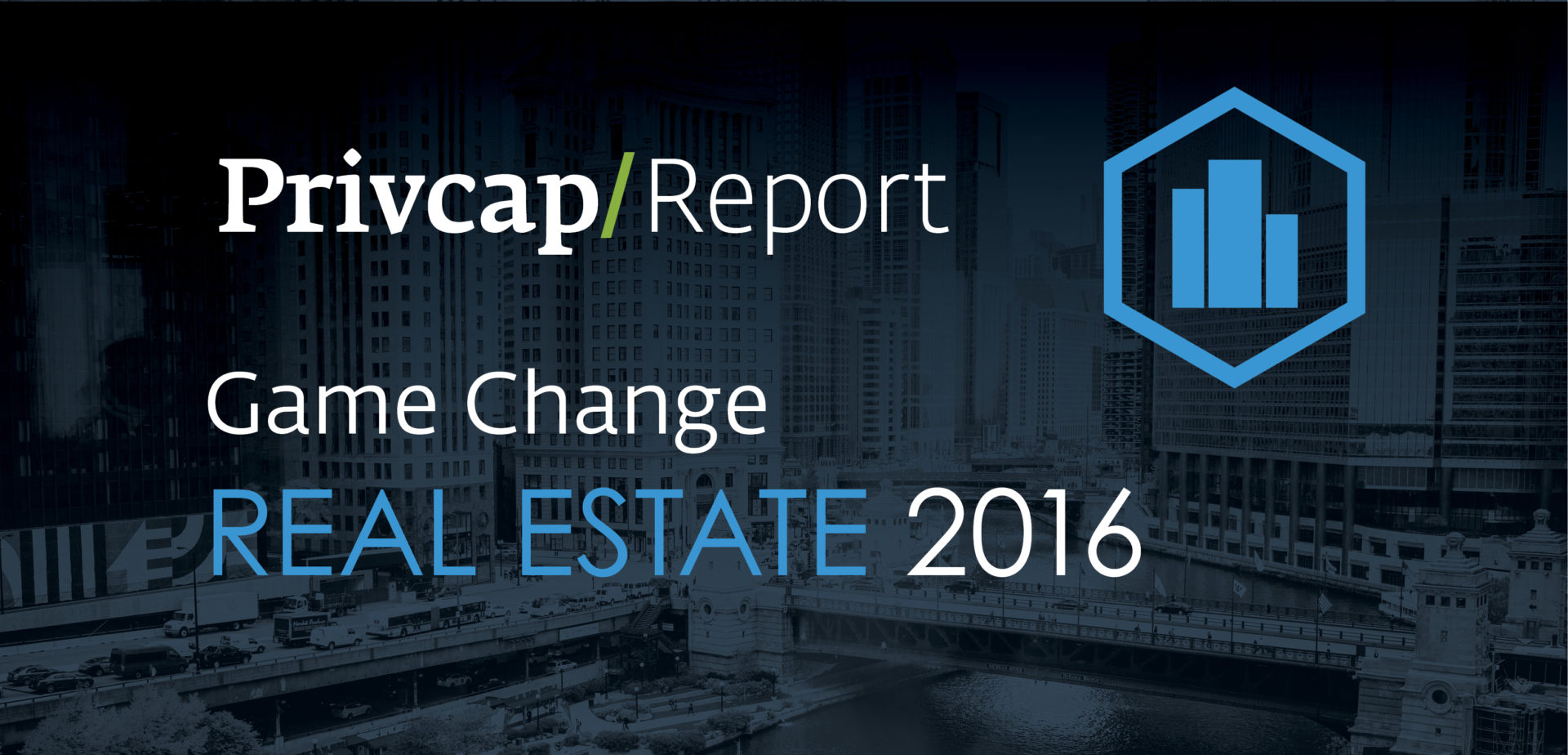After eight years of recovery from the financial crisis, most real estate investors are curious as to when exactly the music will stop. According to Principal Global Investors’ (PGI) Annual Strategy Outlook, RE investors should expect another song or two before they have to find a chair.

PGI Real Estate expects continued U.S. GDP growth at 2 to 2.5 percent for the next 12 months—possibly even accelerating to more than 3 percent later in 2017—as Trump administration pro-stimulus policies are felt. But that continued growth courts subsequent interest rate hikes, which erodes the effectiveness of merely buying core assets—the most conservative approach. Instead, PGI suggests strategies such as build-to-core, that offer a greater rate of return, but would be characterized as higher risk in other market climates. That said, such plays need to be informed by larger secular trends, and the nature of individual opportunities.
“We use an analogy from the public equity markets and suggest [investors] be more of a stock picker,” says Indraneel Karlekar of the Global Research & Strategy arm of PGI Real Estate. “You want to pick the right strategy, focus on your leverage position and understand why you’re selecting that particular asset.” Karlekar explains that if an investor could have deployed capital in a beta strategy five years ago, the capital markets would have served up excellent results.
That’s no longer the case. “Continued economic growth is likely to increase inflationary pressures and make the Fed more ready to increase interest rates,thereby raising the cost of capital,” says Karlekar. “And pricing for core assets is quite rich, particularly in gateway markets, so we suggest a build-to-core strategy that might grant a 150 to 200 basis points differential from buying core.”
However, this remains the tail end of the investment cycle, so every opportunity needs to be vetted. For example, the industrial real estate sector is enjoying one of its longest expansions, fed by several factors including the appetite for warehouses serving e-commerce companies in certain markets. But the report notes that the industrial sector remains the most sensitive to global and political headwinds. If Trump’s anti-trade rhetoric manifests itself as actual policy, warehouse owners along the NAFTA superhighway and port towns could be hit hard.
PGI stresses looking at long-term secular trends “Los Angeles has performed well over the last few years, and we called that relatively early,” says Karlekar. “It was driven by our observation that the economic base was not merely limited to media-related industries anymore. It’s become a hub for tech and energy, and the economic base was shifting.” It’s an example of looking at factors that are part of any traditional “stock picker’s” arsenal to beat the market.
And despite the optimism in the short term, there remains caution looking beyond 2017. Karlekar cites the latest consensus report from the Pension Real Estate Association, which states that returns are expected to fall back to the mean of 6 or 7percent in the next two to three years. “If you want to beat that, you have to be more insightful and selective than you’ve had to be recently.”





